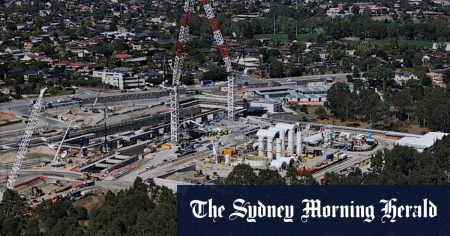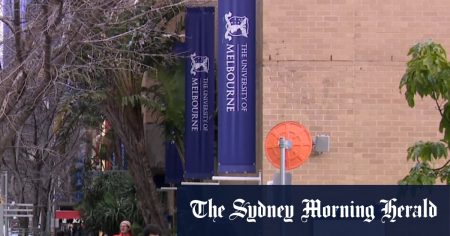Motorists in Victoria fund the Transport Accident Commission (TAC) through a levy on their annual vehicle registration, which ranges from $446 to $573 for cars. The TAC also earns revenue from investments in shares and other assets. In FY2024, the TAC reported $2.2 billion in insurance fee revenue and $1.7 billion from investments, paying out $1.81 billion in benefits to nearly 45,000 people injured in transport accidents. Opposition road safety spokesperson Danny O’Brien accused the government of diverting TAC funds to other parts of the budget, impacting road safety improvements such as roadside barriers and tactile line markings.
O’Brien criticized the government for reducing the Road Safety Fund, which receives contributions from the TAC for road upgrades, from an expected $148 million to $59.8 million in FY2024. He argued that important road safety programs have been cut at a time when the road toll has been increasing. The TAC’s contribution to road funding projects has also decreased in the past two years, despite reporting a $1.04 billion profit due to strong investment returns and lower claims. The government plans to take a significant dividend from the TAC in the coming years, raising concerns about the impact on road safety initiatives.
The TAC’s insurance funding ratio fell from 160 percent to 151 percent, primarily due to the government dividend. While this ratio is still above its target range, the decrease raises questions about the TAC’s financial health. Road safety engineer Rob Morgan emphasized the need for more funding to improve dangerous roads and prevent fatal crashes and serious injuries. In 2023, 1269 people suffered serious injuries in transport crashes in Victoria, highlighting the importance of investing in road safety initiatives to reduce fatalities and injuries.
Treasurer Tim Pallas is also utilizing funds from other state authorities and corporations to address Victoria’s pandemic-era debt. Public water companies paid over $651 million in dividends, capital repatriation payments, and other payments in FY2024. Victoria’s net debt has grown to $140.7 billion and is projected to peak at $187.8 billion by the middle of 2028, equivalent to around one-quarter of the state economy. The state’s finances are strained by growing interest payments, healthcare costs, and public sector wages, underscoring the challenges of managing debt and funding priorities in the current economic climate.
Overall, the debate surrounding the use of TAC funds highlights the complexities of balancing financial sustainability with road safety priorities. While the TAC plays a crucial role in supporting those injured in transport accidents, concerns have been raised about the diversion of funds to other areas of the budget and the impact on road safety initiatives. As Victoria works towards reducing road fatalities and serious injuries, it is important to ensure that adequate funding is allocated to improve road infrastructure and implement effective safety measures. The ongoing financial challenges facing the state underscore the need for careful planning and resource allocation to address pressing issues while maintaining fiscal responsibility.













